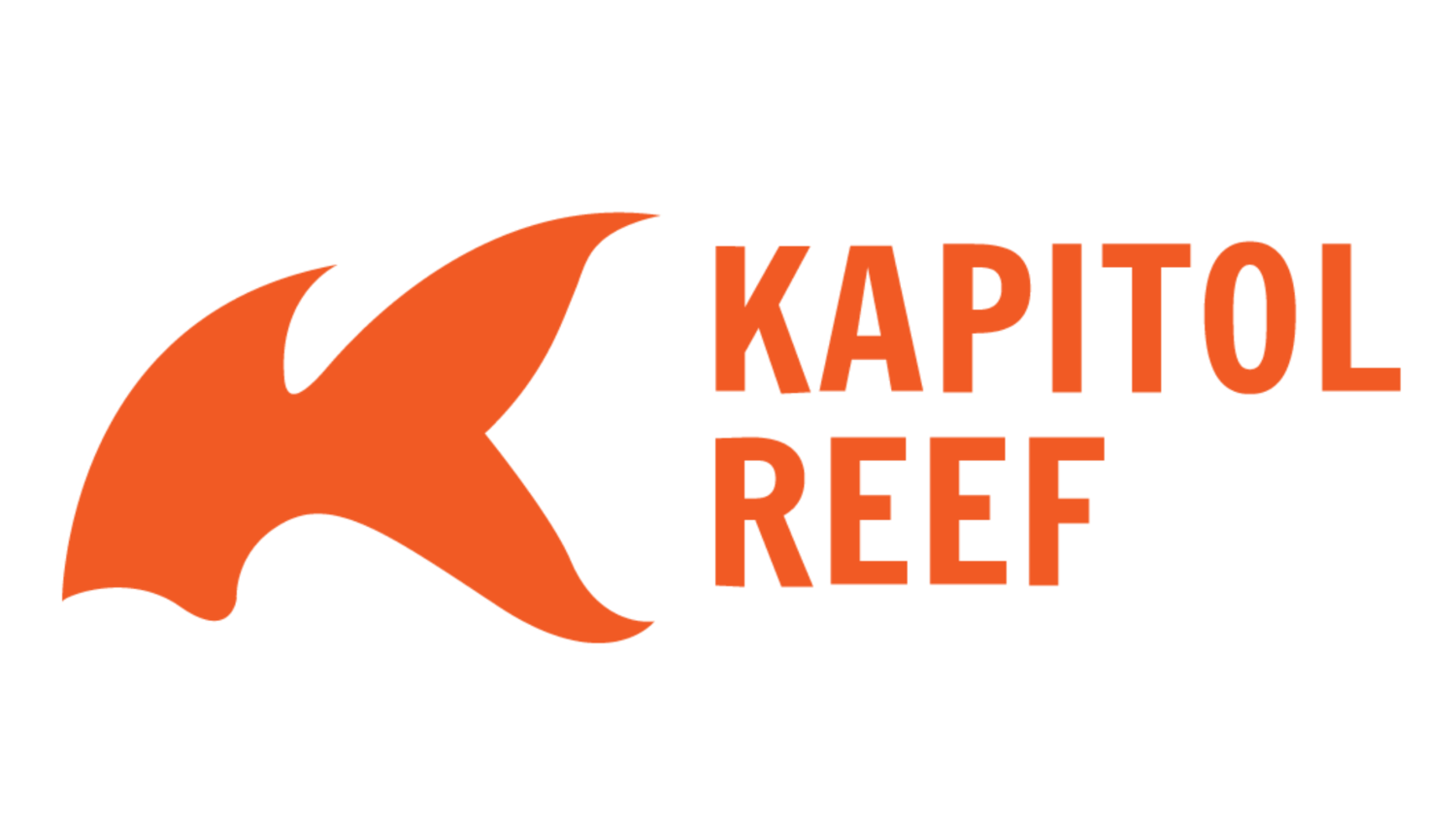Breathing Techniques for Scuba Diving
/Breathing from an oxygen tank in the water is very different from breathing in the open air, and there are certain steps that can help you breath more efficiently and effectively.
Descending
As you first get into the water with your gear, you may naturally keep breathing at a normal, quick pace as you would breathing open air. This is not an effective breathing pattern for diving. As you submerge under water, using your BCD (Buoyancy Control Device) to slowly descend, use slow controlled breathing.
A good guide is to inhale for about four seconds, pause and exhale for four seconds. Do not hold your breath in this process, as you should never hold your breath ascending or descending as pressure change can cause damage to the lungs.
Ascending
As you decide to ascend after a dive, you should maintain a slower breathing pattern. Slowly ascending will allow your body to adjust to the pressure differences. As you ascend, a good guide to follow is to breath in for three seconds pause and exhale for four seconds. The difference in inhaling versus exhaling is to emphasize the importance of completely depleting oxygen in the lungs as you ascend to prevent pressure decrease from causing the oxygen in your lungs to expand and injure you.
Diving is a great experience, and breathing properly will allow longer dives and more enjoyable experiences. In connection with breathing properly, check out our blog on communicating while diving.
Be sure to subscribe to our blog for more great articles!
And check out our gear for your next snorkeling trip!


